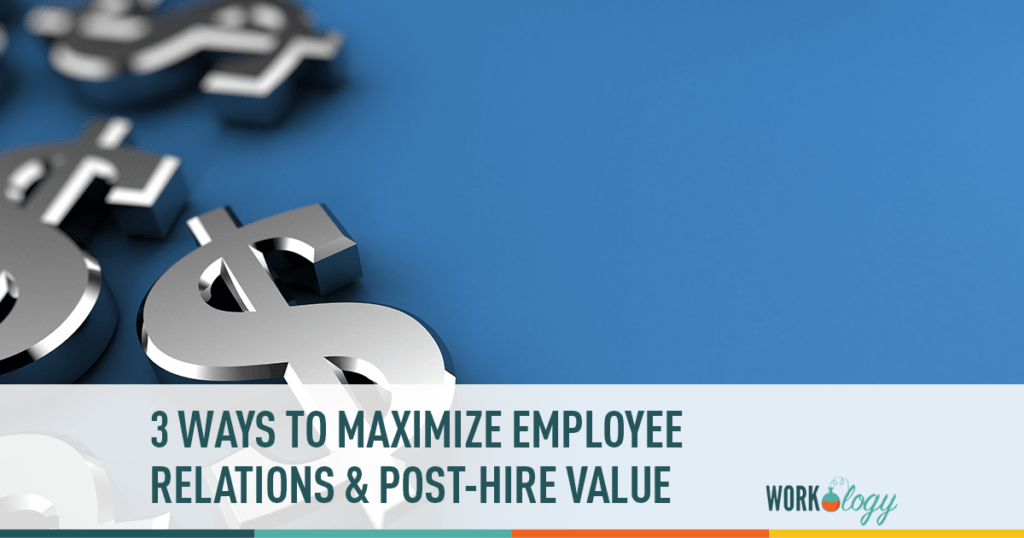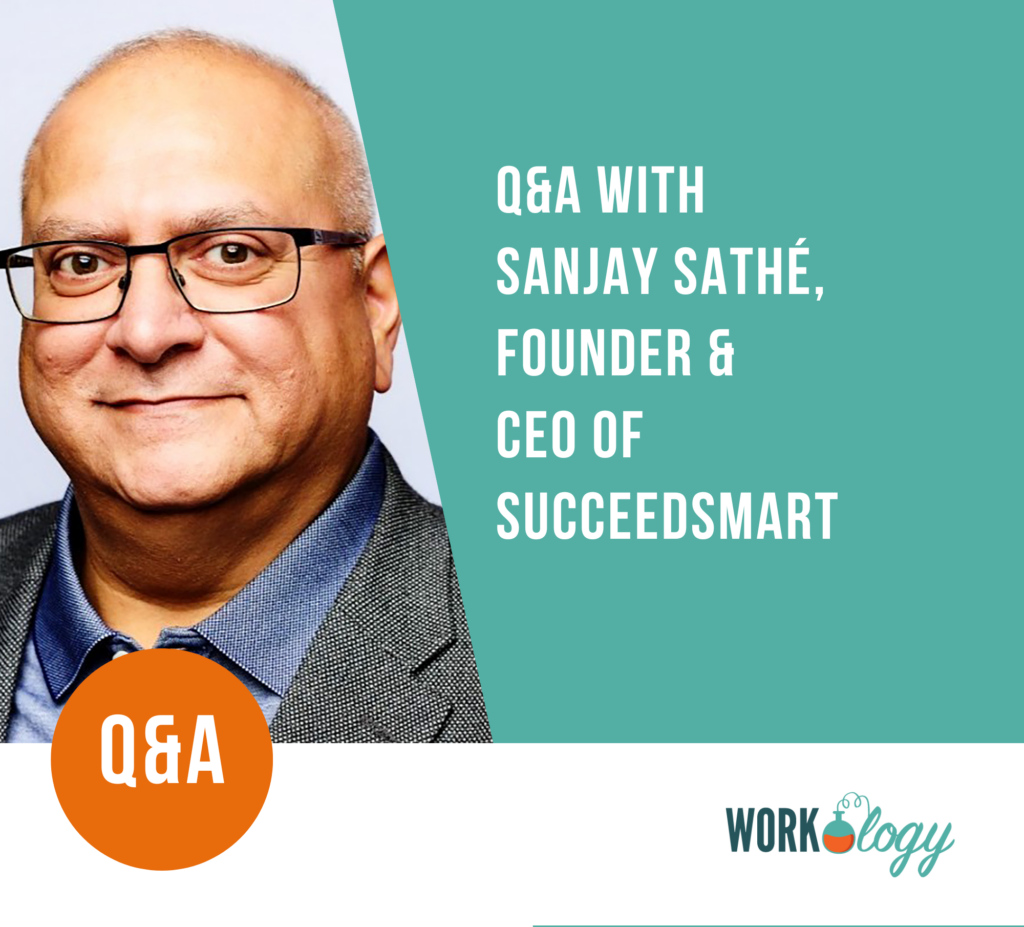Employee Relations’ Role in New Hire Onboarding.
The recruitment process is among some of the most complex processes any organization has. It requires deep integration of recruiters with talent management functions, hiring managers, brand marketing functions, candidates, and in some cases with external recruiting agencies. Failure to maintain these relationships across the board often results in misaligned recruiting and poor employee relations. However, that is only part of the story – the recruiting process does not end at landing that great talent, but is rather an ongoing process that begins at sourcing the candidate and ends with a successful onboarding.
To demonstrate just how important onboarding is in our recruiting process, a SHRM study revealed some interesting numbers:
- More than 25 percent of the U.S. population experiences some type of career transition each year.
- In Fortune 500 companies alone, about 500,000 managers take on new roles each year.
- Managers begin new jobs every two to four years.
- Half of all senior outside hires fail within 18 months in a new position.
- Half of all hourly workers leave new jobs within the first 120 days.
The Hefty Cost of Hiring & Losing an Employee
The price we pay for failed onboarding is hefty. Redundant recruiter and interviewer hours, redundant training costs, and redundant external recruiter commissions are just some of the direct costs we endure when hiring an employee. Lost production and efficiency while the position is open, overtime to make up the work, and sometimes even reputation loss, are glaring indirect costs we endure. Failed onboarding is a lose-lose situation for recruiters. So what can we do defeat the statistics?
1. Employee Engagement & Relations with Candidates Doesn’t Stop at Hiring
Throwing new employees into a hiring manager’s hands and forgetting about them makes everyone feel the entire process is mechanic and impersonal. Onboarding is an integral element of the hiring process. Don’t stop your engagement when you have delivered the goods. We all praise those suppliers that keep in touch with us and ask our opinion after we purchased their product. Be one of them. Think of it as a long term investment on retention.
2. Get Constant Feedback from Hiring Managers
You have to remember who your customers are. It is key that you maintain an open line of communication with managers you are hiring for, before the hire and during onboarding. What are their pains, what they liked or did not like about previous hires, and what are their expectations from you and the candidates. The hiring managers will give you an indication of the level of involvement they expect from you, but don’t be shy about testing those limits. Make it clear your involvement is beneficial for them. Being engaged in the onboarding process will give you a lot of information about what it takes to make a great future hire and further help employee relations
3. Tangible Data Helps you Make Better Decisions
A great way for you to monitor and engage with new hires and managers is through data. You want to hear opinions and feelings, but you also need tangible data to back those up. Surveying new hires’ engagement levels, collaboration, social integration, and satisfaction is crucial during the first year. Do that at the latest 30 days after the hire, and then once again every 30 or 60 days. If you managed to improve the onboarding process and use it to make better hires in the future, you have created significant value already.
Communication Enhances Performance
Onboarding is an important part of the recruitment process and you should invest just as many resources into it as you invest into sourcing and hiring candidates. Successful onboarding has a significant positive effect on financial and operational performance. Don’t underestimate your ability to boost performance through better communication with managers and new hires. Don’t forget the long term advantages of having good relationships with employees and managers for yourself and the other HR functions.









